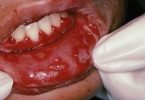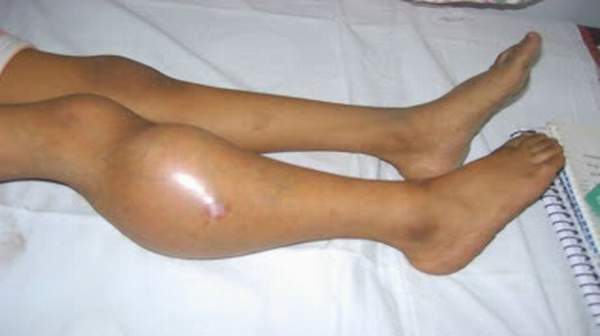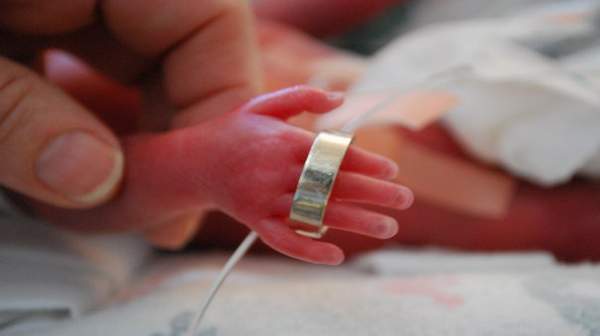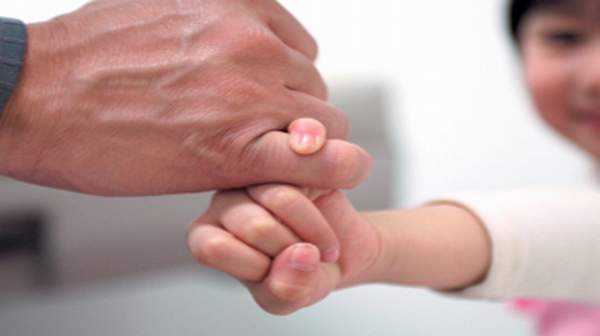What's in this article?
In utero, the placenta and the fetus are connected via an umbilical cord. The umbilical cord delivers nutrients to the fetus. After your baby is born, the doctor clamps the umbilical cord and cuts it (or your partner cuts it.). There is a 2-3 inch remnant left after the cut. The mother delivers the placenta, and the rest of the umbilical cord. The placenta is also known as the afterbirth.
The next few days, what remains of your baby’s umbilical cord dries out. Enzymes dissolve the connection at the base of the cord and one day (typically 2 or so weeks post birth, varies by child) the cord falls off. Skin grows over the area and then you have a belly button!
Maybe not. About 20 percent of all newborns have an “outie,” also called an umbilical hernia. This is a bulge caused by the umbilical cord as it enters the baby’s abdomen. After birth, as the umbilical cord heals and falls off, the opening to the abdomen usually closes spontaneously. Occasionally the opening doesn’t close, and you may notice a bulging belly button, especially when there is increased abdominal pressure such as during bowel movements or crying. Although it may look impressive, the hernia usually causes no problems, as long as the baby is comfortable and the area is not tender or extremely swollen. As long as the bulge is soft and compressible, and is not causing your child any discomfort, it’s not a problem. These hernias usually go away by 12 to 18 months, and surgery to close the hole is rarely necessary.
However, if you do notice any swelling, tenderness, or discoloration around the area, call your doctor right away. In very rare cases, a piece of the baby’s intestine can get caught in the opening which can cut off blood flow to the area and require immediate surgery. Vomiting and constipation may also be symptoms of this problem.
After the stump falls off, it should take between seven and 10 days for the area to heal completely. You may see a little blood on your baby’s nappy. This is quite normal.
Sometimes, the umbilical stump can take longer to heal, and bits of lumpy flesh may appear in the wound. This is nothing to worry about, and these lumps will soon disappear.
How will I know if my baby’s stump is infected?
It’s normal for the stump to look a bit mucky as it’s healing, or to have pus at the base. This doesn’t mean that it’s infected.
However, if your baby has the following it could mean the stump has become infected:
- Your baby develops a fever, becomes lethargic, doesn’t want to feed as much, or appears generally unwell.
- His navel and the surrounding area becomes swollen or red.
- The stump becomes swollen, smelly or weepy.
Ask your midwife to check your baby’s stump if you are worried about how it looks or smells.
Just occasionally your baby’s stump may take longer to heal than normal. The flesh within the stump may look clean but unhealed and sore. If this is the case, ask your midwife or health visitor to check the stump for you.
Your midwife or health visitor may suggest your GP sees your baby’s stump, to decide if it should be sealed. Sealing is called cauterisation. It is a simple procedure that can be done by your practice nurse. Your nurse will use a little stick called a silver nitrate stick to do the job. It is a very common procedure and it won’t hurt your baby at all.







It's very straightforward to find out any topic on net as compared to books,
as I found this paragraph at this site.
My webpage – Dr Dre Beats